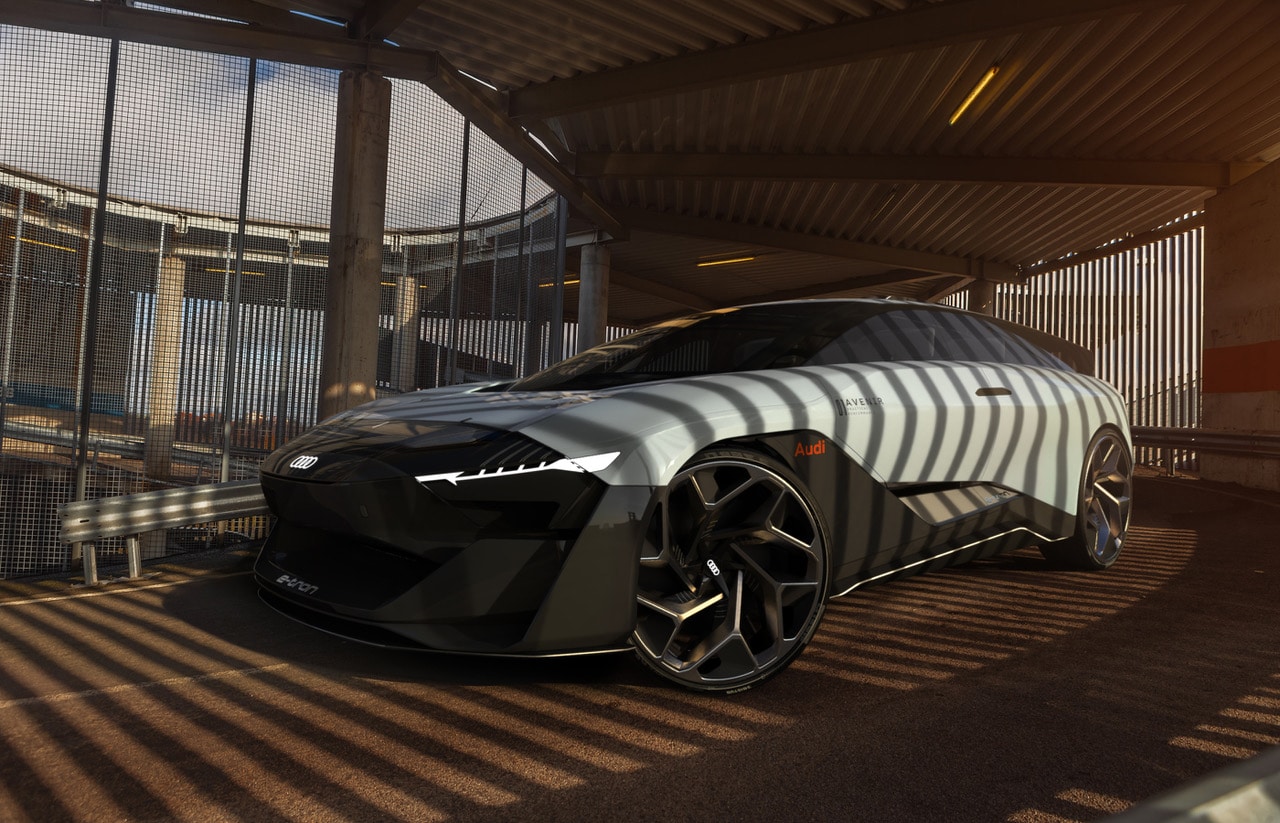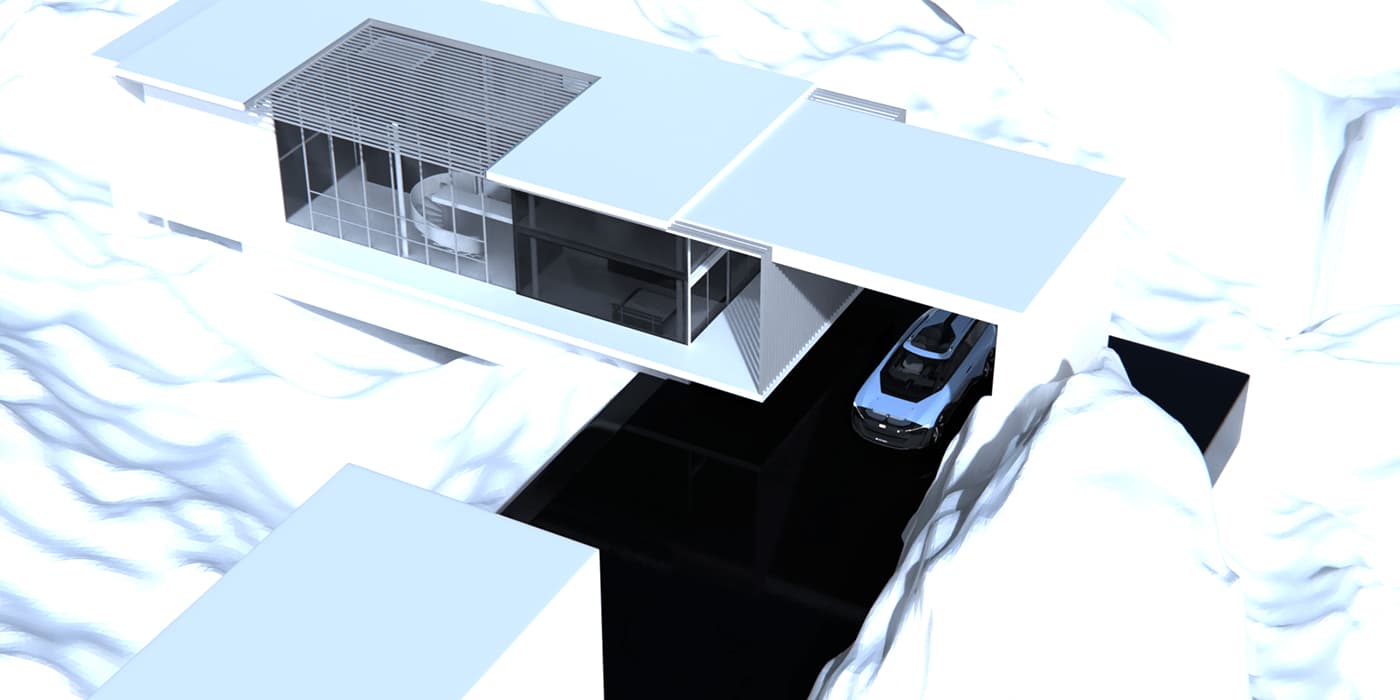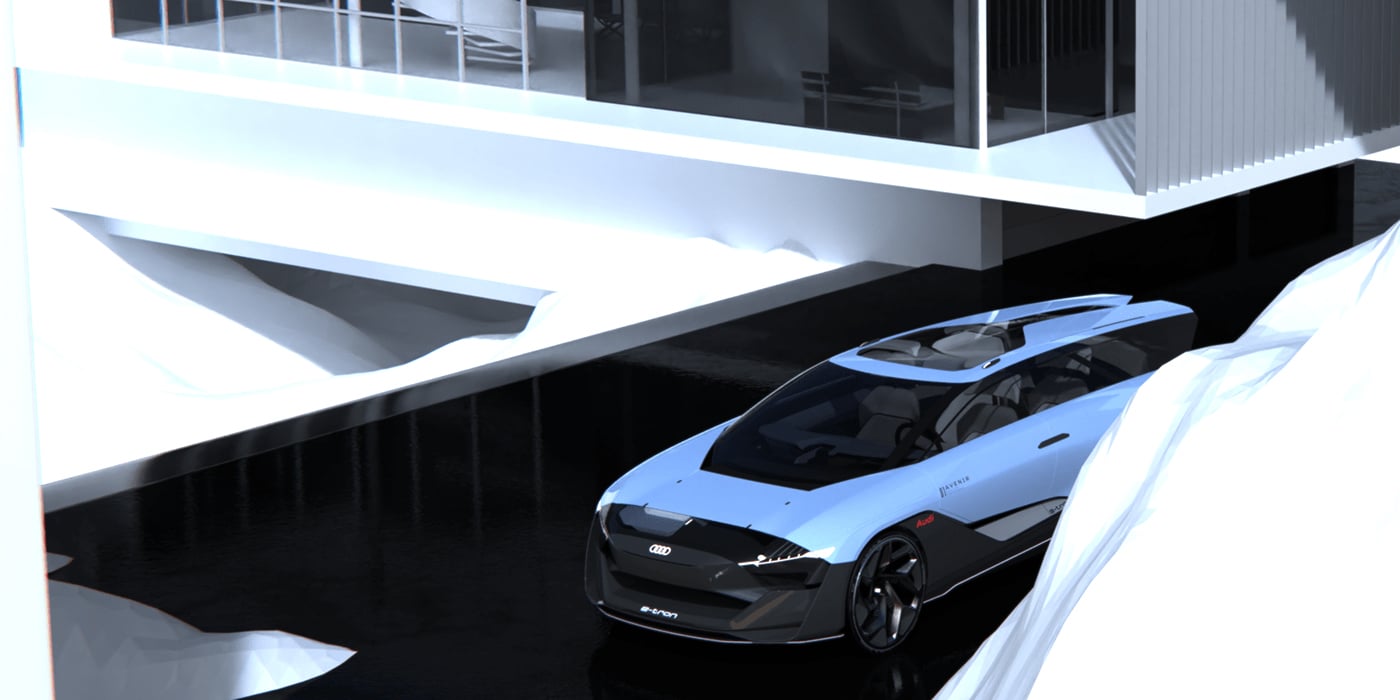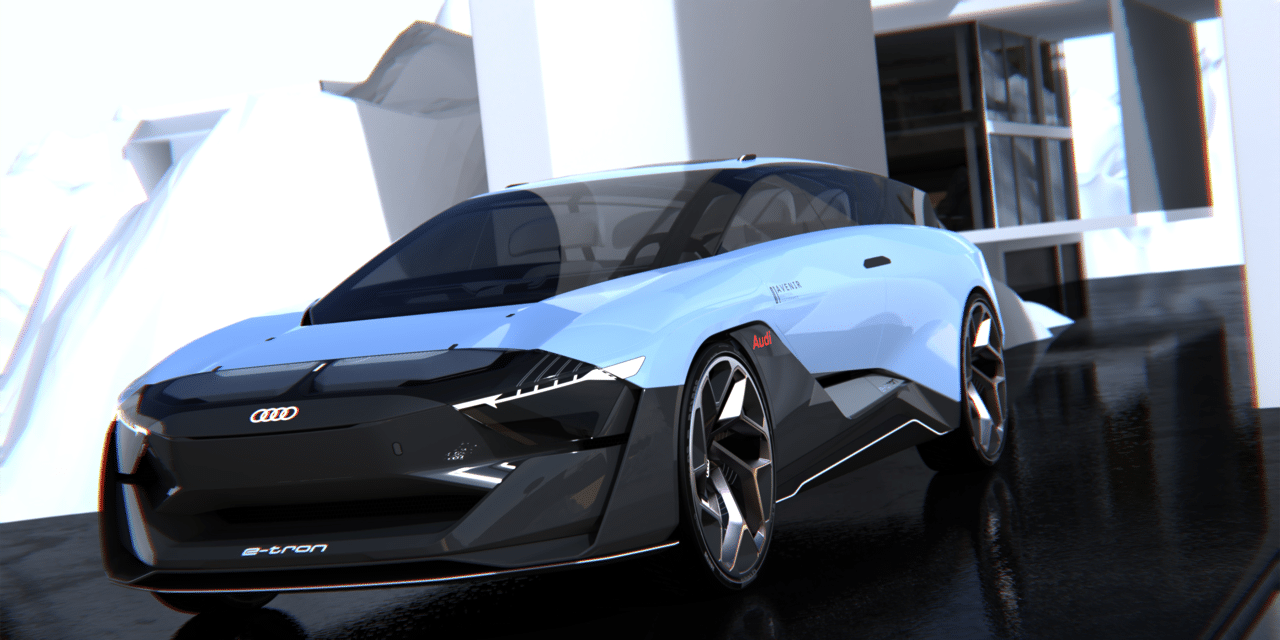Leyang Bai is a graduating student of Art Center College of Design focused on the future of automotive interior and exterior styling. With internships at various automotive design studios, he has gained experience across dozens of projects, providing ideation, digital models, and renderings. KeyShot is his tool of choice for creating final images, animations, and interactive visuals. Here we learn more about his approach and why he uses KeyShot.
What sparked your interest in automotive design?
It’s hard to say where the original spark came from. Growing up in Shanghai, China, there was significantly less emphasis on “car culture” than here in the States. I’d say it was the first time I went to one of the annual car shows and saw the amazing amount of beautiful machines that contrasted the typical VW Santana’s that took over the streets during my regular life.
At that point, I realized all the different kinds of automobiles the rest of the world got to enjoy, and what I was truly missing living in my own bubble. Then, I had a neighbor move into my community who drove a Gen 1 Audi TT, and that may have been the first car I admired enough to sketch out. Apparently, that love grew enough that I jumped into ArtCenter’s automotive design track straight outta high school.
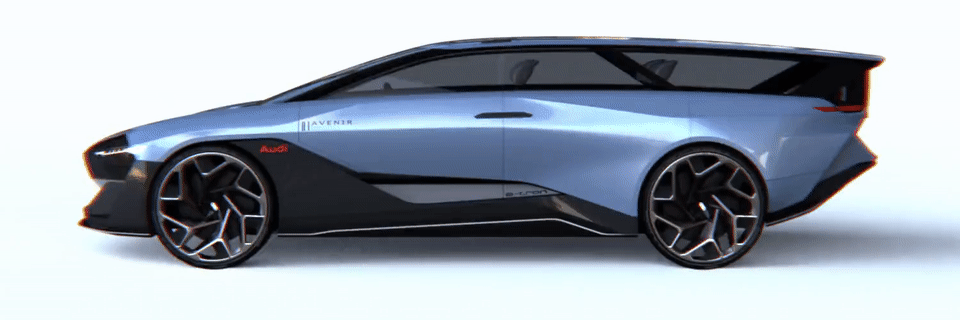
What’s unique about your process or how you approach a project/design?
In terms of the thinking of a new project, I love to consider the experience of a particular design: how a prospective owner would love to drive, be perceived, and generally live with the car. This experience then influences what elements I want to add to the design, such as built-in storage solutions, expression highlights, and interior packaging.
While modeling, I have also begun employing VR in my early process, using programs like Gravity Sketch to quickly visualize my design in 3D, sketch out modifications, and understand how my vehicle feels at every angle. Being able to visualize your design thoroughly early on can really change the final results. You no longer have to find a mistake in your sketch work and be forced to respond late in the game. Instead, you’re already ten steps ahead in your mind, knowing every approach to take next.
How has the COVID-19 pandemic changed things for you?
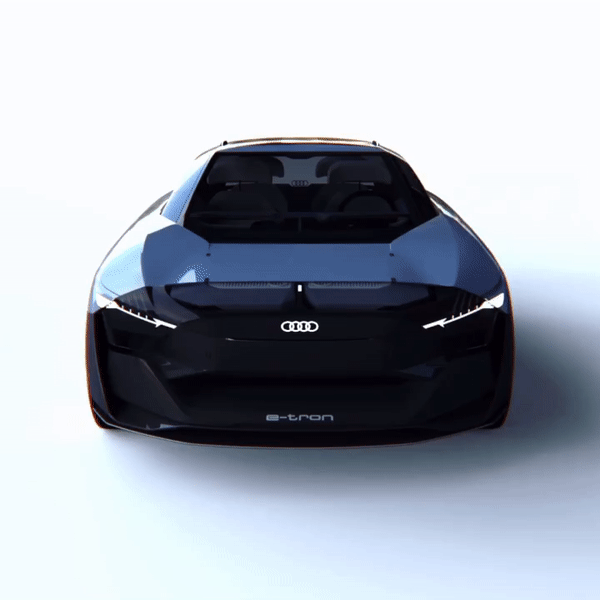
Well, having the quarantine come into effect right in the middle of working on my thesis has been a tough pill to swallow, as I had numerous projects designed specifically for a graduation show that was also canceled.
The silver lining was that this lockdown was confirmed right when we, as a class, had to decide whether we were going to make physical models of our designs or not. So, for most of us, we had yet to spend thousands of dollars on a model that no one would be in the same room with.
Many of us then studied up on more detailed digital modeling and, as with my own thesis, how to animate and create videos of our work to have them still be as comprehensive as possible. Also, I then decided to invest in KeyshotXR, so the added interaction to my animations and turntable allowed me to make sure anyone viewing my work could swipe their fingers and play with the model, rather than just react to still frames on a screen.
How do you think it will affect the automotive industry, in general, or vehicle design specifically?
Quite a bit, but also not too much in some parts. Obviously no one’s buying cars to travel when they’re sitting around at home, so the industry has seen a major downturn, and that isn’t likely to change for a year according to people I’ve asked in the industry. This is true for many fields of design in general as design should be made to satisfy the users, and the users aren’t buying.
When it comes to the design process, much of the elements of the process have been inching towards more reliance on digital resources, whether it’s sketch work, storyboarding, or ultimately modeling, and these could still be communicated online to a certain degree. But there is always the possibility that this quarantine separation will cause a necessary leap into more pervasive use of VR and more efficient rendering methods, as designers will have to make the most of the screen to express their ideas and make sure the flat screen won’t mean flat designs.
What makes KeyShot such an important tool for you?
KeyShot has made a great customizable “home-turf” rendering solution for my projects. Given that I use any combination of Alias, Cinema 4D, Blender, and SOLIDWORKS for my different projects and, while each may have a render engine that’s great for them, importing them all to a single rendering program that supports them all allows me to have multiple possibilities and achieve the same best result.
In the case of my Audi, the modeling was done in Alias to produce the highest quality surfacing and details, making sure the final renders had little need for touch up. Alias isn’t recommended for easy animations, however, so I had a separate model exported to C4D, creating quick little animations on a lower poly model that were then shaded in the exact same way as the Alias version in KeyShot (since Cinema 4D gets far more involved in the nuances of rendering, that was entirely unnecessary for my needs). The final rendering, as a result, made renderings that remained consistent in quality, with the added bonus of allowing me to create interactive XR HTML that required no coding skills on my part.
What advice would you give to someone else interested in automotive design?
Keep sketching, keep redoing, and never forget to branch out. You wouldn’t be the first or the last to graduate and end up working in a different field of design, so make sure you experiment with different topics. You aren’t the only one who loves to draw supercars with irresponsibly large wheels but, even then, do so with a reason. A hatchback designed to completion with unique purpose and functionality is much cooler than another autonomous, electric, windowless, 0-wheel gap hypercar every time.






